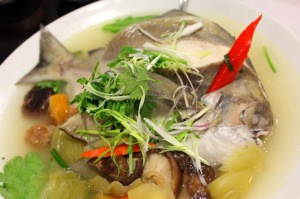When you are in Singapore, you will be able to order some of the most unique dishes available in the world. You will be able to enjoy a whole new variety of meat delicacies and also some of the most amazing flavors. If you are a foodie or someone who loves experimenting with your taste buds, you should definitely try out the chicken feet delicacy when you visit a good ambience Chinese restaurant Singapore. The taste of chicken feet is quite different from that of the usual chicken dishes. It is cooked in plenty of different ways but in almost all variants, it would be chewy and the extremely soft in the mouth. The softness of chicken feet is what makes it unique. The taste of it is hazily analogous to chicken wings that you get in the fast-food joints.
When you order chicken legs at a Cantonese restaurant Singapore, you will be provided with the version that does not use too many spices. The dish is cooked in traditional Cantonese style without making it too spicy. If you visit the restaurants serving other types of cuisines, including the other variants of Chinese cuisine, you will get to enjoy strong flavors. The succulent dish when mixed with a lot of spices becomes extremely delectable. The softness of the chicken feet will go well with the Chinese spices at the Szechuan restaurants in the country. You will also enjoy the hot variant of chicken feet when you visit the Mexican eateries. Red chilies and green chilies used along with different types of sauces by the Mexican chefs to make chicken feet palatable. The spicy version of the dish can also be tried out when you visit the best Chinese food bar in Singapore. This is a dish that goes extremely well with a couple of drinks, especially white wine or whisky. When you take a bite of chicken feet in between your whisky sips, you will be able to enjoy the drink as well as the dish better. It is better to use a fork when you order chicken feet because it would feel a lot clumsy when you touch it with your hands.


